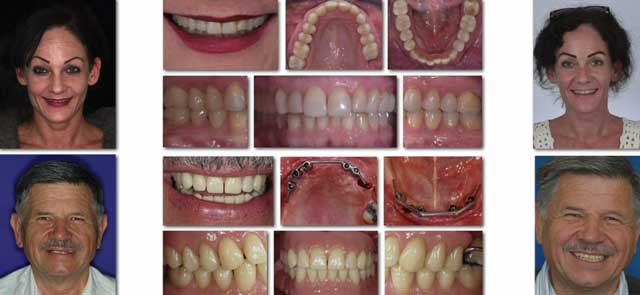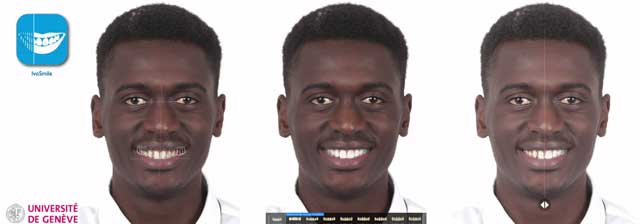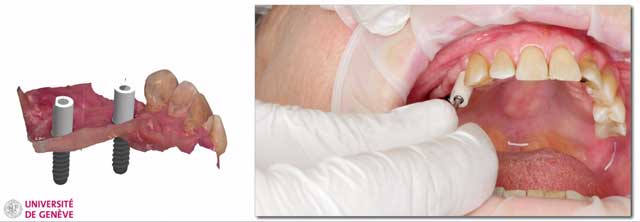Digital dentistry explored during Dentology powered by Henry Schein
Hosted by a facilitator and trainer with a background in law and acting, Doron Davidson-Vidavski, and opened with a welcome by Stanley Bergman, Chairman of the Board and CEO of Henry Schein, Dentology powered by Henry Schein began a virtual two-day exploration through the most exciting innovations available to those embracing digital dentistry today

Dental Review dipped its journalistic toe into the event, and was impressed by the world-class sound quality and image clarity. This was no zoom event with postage stamp sized talking heads and muffled sound but an engagingly professional event offering insight by some of the digital sector’s best known opinion leaders.
The keynote speaker on the first day was Prof. Dr Irena Sailer, who is a leading expert in prosthodontics and, amongst other accolades, Head of the Division of Fixed Prosthodontics and Biomaterials at the Clinic of Dental Medicine in the University of Geneva. Prof. Sailer invited her audience to enjoy a time travel trip from the earliest days of digital dentistry to the current peaks of the art.

Her historic overview began with the state of play just 10-years ago, when the dental workflow involved the use of traditional impression materials such as alginates or silicon, followed by hours of work in the dental lab, gypsum models, static 2D imagery, and the careful handicraft of an experienced – and expensive – ceramist.
Fitting mock-ups of the final restoration were the only way to communicate the look of the outcome to the patient. While it was possible to meet the patient’s needs for improved dental aesthetics and function, conventional dentistry was limited by the hand-made nature of the restoration. It was impossible to predict the final outcome and the patient sometimes ended up with something less than ideal.
Thankfully the last decade has seen a huge increase in the quality of CAD/CAM, the use of digital diagnostics, 3D planning, and computer-aided manufacture including precision 3D printing to replace gypsum models. Today’s dental professionals are riding the crest of a 50-year wave of digital development, and the benefits are legion, for both the clinician and the patient.

Todays digital workflow is faster, more predictable, offers greater efficiency, is less invasive, and is more cost-effective. By being more affordable modern dentistry is more accessible to a greater number of patients, or at least it is when not restricted by the challenges of a global pandemic.
Even during its earliest days, milled or pressed monolithic blocks of zirconia had proved effective in providing effective restorations with good survival rates, but there were issues with chipping and cracking. Now after 15/20 years of material evolution they are matching the best of traditional restorations, and doing so more efficiently and cost-effectively.
Instead of waiting days for a physical mock-up from the lab, modern scanning technology and virtual visualisations (partly based on CGI science from Disney studios) can create accurate approximations of treatment outcomes in a matter of minutes. The patient can see what their new smile will look like and consent to the procedure during a single visit.

Prof. Sailer considers improved communication as one of the greatest benefits of the digital workflow. It has perhaps found its greatest proponents in the orthodontic field in which smart algorithms can demonstrate precisely what can be done to straighten teeth, and where and when a course of aligners will end. Any changes are just two or three clicks away in an augmented virtual reality that can be shared remotely.
Apps available today can be used to create virtual imagery that the patient can show friends and family from their mobile phone. But it must be pointed out that such images are only an approximation. The virtual reconstruction errors in mobile systems are too great for clinical use and it is important to manage the patient’s expectations honestly.
CAD/CAM driven restorations such as inlays, onlays, crowns, partial crowns and veneers using stable, resin-bonded materials have been undergoing multi-centric reviews over 5- and 10-year periods and are proving successful, but the reviews must be ongoing.

As must reviews on the work on dental implantology – which now offers a greater choice of materials and abutments to meet the needs of specific restoration indications. New materials bring new options that demand more research but the outlook is very promising. The boxes for predictable, highly accurate and aesthetic dental implantology outcomes, tailor-made for the patient, have all been ticked.
One day AI algorithms will support dental diagnostics and help design the most effective and least invasive treatment plans. New science, improved materials, and undreamed-of technical innovations will all help drive dentistry to a bright new place. The last ten years have seen immense changes in the digital dental workflow, what will the next ten years bring?





















